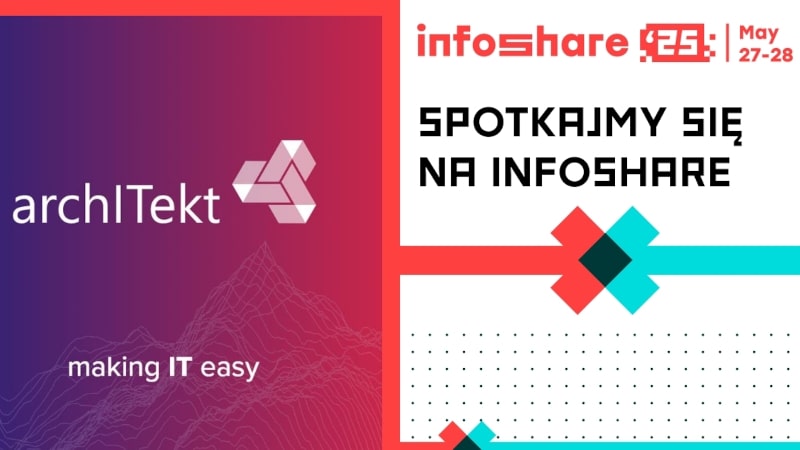The future of software creation techniques has transformed from a mere vision into a tangible reality. This progress stems from the pressing need to swiftly meet the growing demands of businesses across various industries. In the era of the “Fourth Industrial Revolution,” nearly every sector requires robust support systems to operate efficiently. Consequently, larger and more intricate solutions have become increasingly commonplace. Technological advancements have shifted the focus from “How will we do it?” to “What and when?” The level of abstraction is on the rise, leaving little room for the “How?” aspect. We seek faster and more efficient solutions.
The Crucial Role of Low-Code in Organizations
Ideas that were once mere concepts in “sketching” programs have now materialized due to unrestrained scientific and research creativity. The rising popularity of low-code systems is not solely driven by developers’ needs but also by business demands. Low code represents a significant milestone in the evolution of programming, akin to the transitions from Assembler to Fortran and later from C++ to Java. However, it is more dynamic and aligned with a global trend. Enabling business professionals without a computer science background to build and customize software can yield substantial benefits. Nonetheless, a revolution must first occur in the minds of entrepreneurs for this transformation to take place. According to Jakub Głąb, Vice President of the Board at VSoft, “The key element is bridging the gap between individuals who have direct customer contact, i.e., those who know ‘what and when,’ and those who understand ‘how,’ i.e., the programmers. In this regard, the archITekt emerges as a solution, offering the opportunity to integrate their work environments.”
Can Applications be Created Without Programming?
In many organizations, individuals who bridge the gap between domain knowledge and the IT world are invaluable assets with immense potential. However, the challenge of finding qualified employees persists, especially with the increasing number of specializations. Business needs are growing at an unexpectedly rapid pace, driving the demand for tools that facilitate seamless end-to-end solution creation. Phrases like “drag-and-drop” or “without the involvement of programmers” frequently appear in IT system inquiries. Low-code platforms provide such possibilities, encompassing a wide range of tasks, including data structuring, processing, integration, algorithm development, process orchestration, document generation, and UI design. This allows employees to allocate 80% of their focus on the business aspect and 20% on design, instead of the other way around. Citizen developers, as qualified specialists, operate closer to the business and further from the technical aspects, possessing the ability to create comprehensive solutions.
The pursuit of innovation within industries has prompted programmers to break free from their isolated IT bubble and collaborate “side by side” with business professionals. This collaboration between departments within a company often occurs without delving into the intricate intricacies of programming. Low code is not an unexpected breakthrough that renders previous approaches obsolete; instead, it represents a natural and logical progression. Michał Jurkowski, Vice President of the Board at VSoft, emphasizes this by saying, “Our product is equipped with a powerful set of capabilities that effectively address the mentioned details. Does it cover everything? No, that’s where Assembler comes in. It provides sufficient functionality in one comprehensive tool. With minimal code, maximum visualization, and a focus on fulfilling business needs.”
How Can One Learn to Use Low Code?
Initial encounters with the VSoft archITekt low-code platform may resemble stepping into the cockpit of an aircraft. The numerous options and switches can be overwhelming at first. To assist users in navigating this interface smoothly, we have developed a series of free workshops aimed at familiarizing them with the system and easing them into it. Upon completing the training, users receive a trial version of the tool, along with educational materials, tutorials, and sample applications. All of these resources are designed to support customers in achieving their goals as quickly as possible.
Become the archITekt of the future within your company using modern technology.




